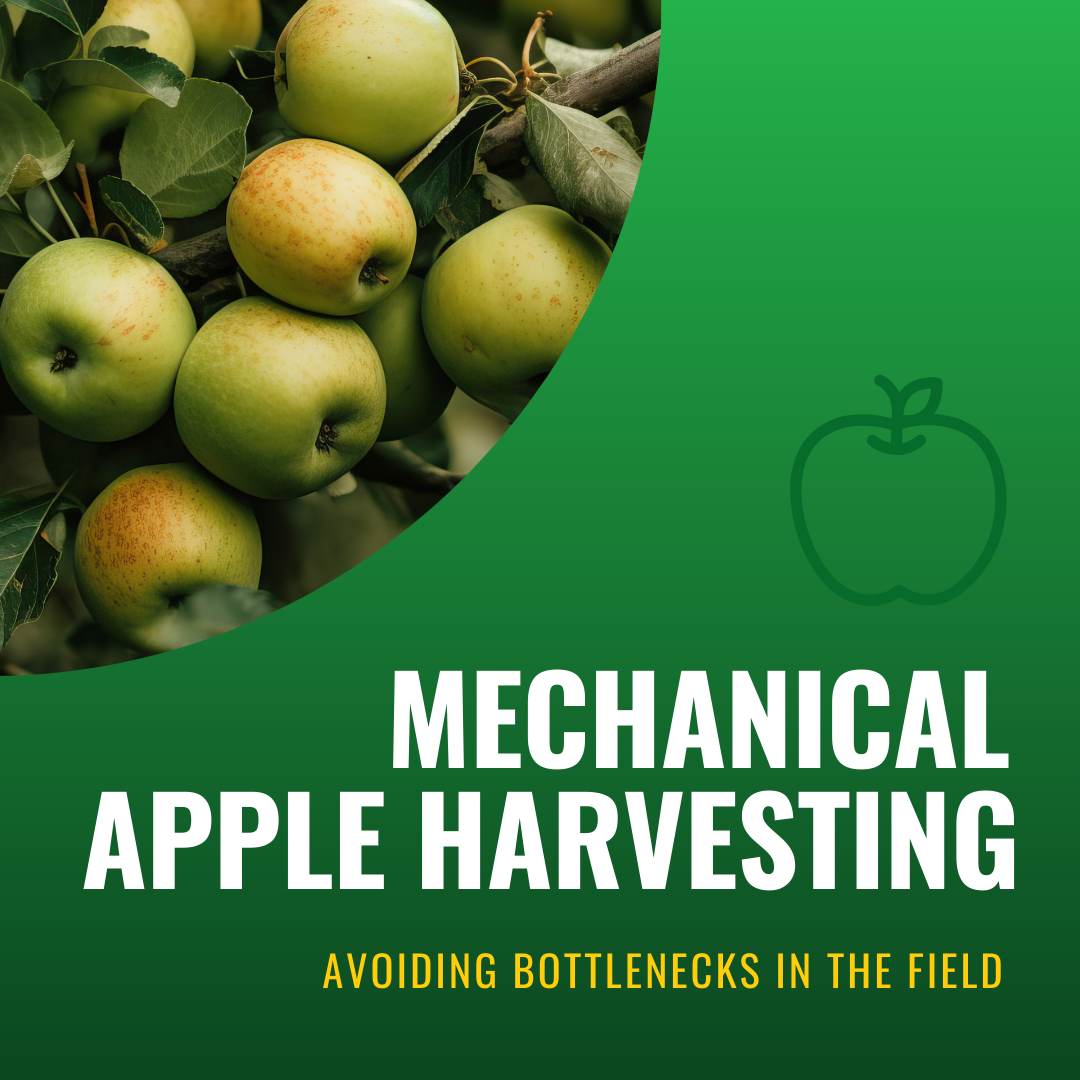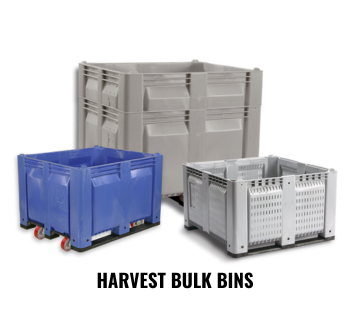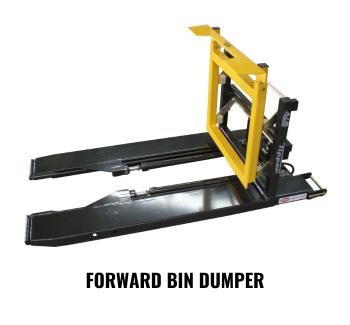We use cookies to make your experience better. To comply with the new e-Privacy directive, we need to ask for your consent to set the cookies. Learn more.
Mechanical Apple Harvesting: Avoiding Bottlenecks in the Field

Harvester machines have come a long way in recent years, and while fully-automated apple pickers remain beyond our technological scope for the time being, there are plenty of labor saving options that can boost productivity and limit worker fatigue. For instance:
- Harvest units with conveyor tracks allow pickers to place apples directly onto the padded conveyors. The conveyors move fruit through the unit into a rotating harvest bin, gently easing it down into the container along a controlled chute.
- Vacuum apple harvesters move fruit from the tree into harvest bins by means of protective, foam-lined vacuum lines. Just above the bin, the units slow apple trajectory with foam-lined pockets, then drop them through a padded distributor wheel to avoid bruising.
- Cider-apple growers, who have more leeway in terms of visual blemishes on their fruit, may use a combination of tree shakers and ground harvesters to pick up and accumulate apples in harvest bins.
Each of these technologies can fill bins quickly and with less worker fatigue than purely manual harvests. But that introduces a new challenge: How can farmers move bulk bins from the field to the packing house once they're full? The longer fruit stays in the sun, the more spoilage occurs, so quick transportation of loaded harvest bins is more than just a logistical issue.
Here are a few ways to keep loaded bins moving, allowing farmers to take full advantage of the productivity boosts that come with mechanical apple harvesting:

-
Establish pre-planned routes between the field and the packing house.
Clear, consistent paths to refrigerated packing houses ensure that staff can safely and quickly move produce to the next stage of its journey to the consumer. -
Use tractors or industrial trucks to transport loaded harvest bins.
Bulk bins are typically designed to be handled by forks; a fleet of tractors or similar industrial trucks fitted with lift forks will allow farmers to keep a steady stream of traffic moving to and from the packing house. -
Reduce loading/unloading cycles to a single touch.
Every movement of a load of apples creates more opportunities for damage, and swapping out handling equipment leads to delays. The solution is to fit industrial trucks with Forward Bin Dumpers, which are fork attachments that can lift, carry, and empty commercial harvest bins without relying on other machines.
Farmer trade groups are calling for greater mechanization in their orchards as labor availability continues to dwindle.
"We don't see some miraculous new source of labor appearing on the horizon," Mark Powers, president of farming trade group Northwest Horticultural Council, told The Seattle Times in 2017. "We think labor will continue to be a scarce resource."
With the right equipment and a good mechanical apple harvesting strategy, growers can fill demand even with a shrinking pool of available workers.
References:
Geranios, Nicholas. "A robot that picks apples? Washington state's orchards could see a 'game-changer.'" SeattleTimes. The Seattle Times, 28 Apr. 2017. Web. 21 Aug. 2018.
Jones, Richard. "The State of Mechanical Apple Harvesting." GrowingProduce. Meister Media Worldwide, 23 Feb. 2015. Web. 21 Aug. 2018.
